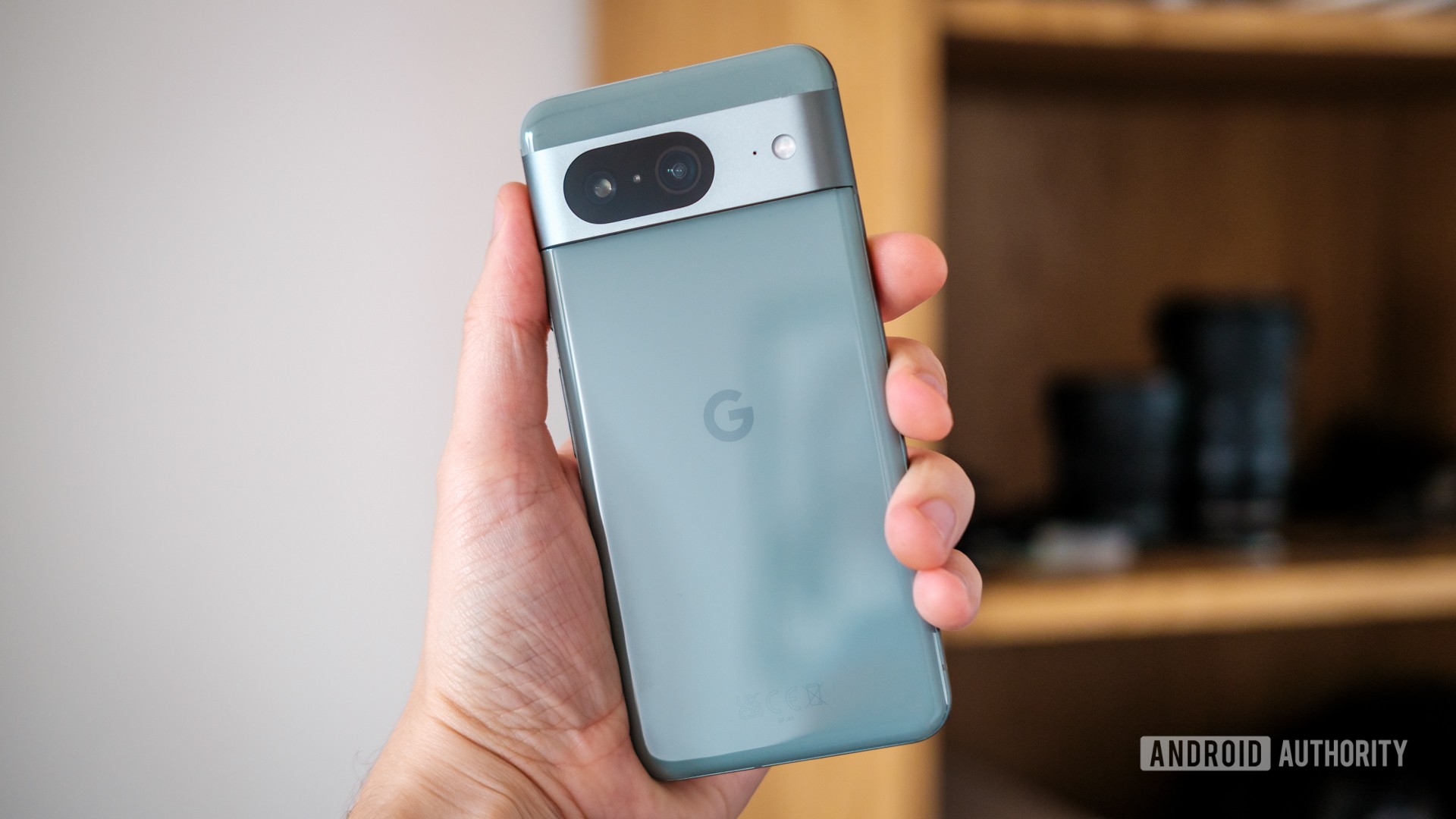
Robert Triggs / Android Authority
TL;DR
- Google has a temporary solution for the storage bug affecting Pixel phones after the January Play System update.
- A more permanent solution is also in the works.
- Google says the bug mainly affects Pixel devices using multiple user accounts or work profiles.
Google has issued a fix for the storage bug affecting Pixel devices following the January Google Play System update. The issue is preventing many Pixel owners from accessing the internal storage on their phones.
According to Google, the bug can result in “multiple apps crashing, screenshots not saving, and external storage working inconsistently.” The company says the issue is more prevalent in devices using multiple user accounts or work profiles.
“We are working on a fix for the root system update issue, and we will update this thread when we have more details,” Google wrote in a community post. “We’re sorry for the inconvenience this has caused, and we appreciate your patience,” the company added.
In the meantime, the Pixel maker has suggested a few steps to restore storage functionality to affected Pixel devices without causing data loss. If you’re willing to try out these steps, you should be comfortable installing and using some developer tools. You’ll also need a Windows, MacOS, or Linux computer to complete the task. Bear in mind, the task is a bit complicated, but should fix the problem for you before Google rolls out a more permanent fix.
Steps to recover storage functionality on Pixel phones
1. Enable ‘Developer options’ within Settings on your Pixel phone by:
- Navigating to Settings > About phone > Build number
- Tapping the Build Number option seven times until you see the message ‘You are now a developer!’ This enables Developer options on your device
- Go to Settings > System > Developer options
- Under Developer options, enable USB debugging
2. Connect your Pixel phone to your computer via USB-C cable.
- If the device shows “Charging this device via USB,” tap for more options and set it to “File Transfer”
3. Click here to download Android’s folder of Platform Tools to your computer, which includes the Android Debug Bridge (ADB) application.
4. After unzipping the downloaded folder, open your terminal/command prompt.
5. Within Terminal/Command prompt:
- Change your working directory to the platform tools directory you just extracted the tools to.
- Type “./adb devices” (“adb devices” in Windows) and press the Enter key.
If the result within Terminal lists your phone as “Unauthorized,” — your Pixel phone is likely prompting you to allow USB debugging. Tap Allow and retry this step so that your phone is listed as a “device” within the Terminal - Input the following commands in your Terminal, pressing the Enter key after each line:
“./adb uninstall com.google.android.media.swcodec”
“./adb uninstall com.google.android.media”
6. Disconnect your Pixel phone from your computer
7. Restart your Pixel phone (your device might disconnect from the network, this is OK)
- On Pixel 5a and earlier: Press your phone’s Power button for about 30 seconds, or until your phone restarts
- On Pixel 6 and later, including Fold: Press and hold the Power and Volume up buttons at the same time until your phone restarts
8. Return your phone and computer to their previous settings:
- Turn off USB debugging
- Go to Settings and scroll to the System section (on Android 8 and above, go to Settings > System)
- Tap Developer Options.
- Tap the button to toggle developer options Off. USB Debugging is included in the Developer Options
9. Stop ad”:
- Type “./adb kill-server” in your Terminal window and press the Enter key. Exit the Terminal application.








